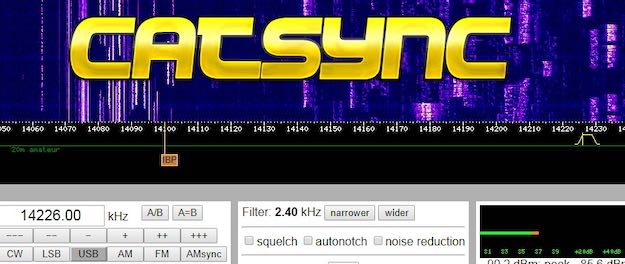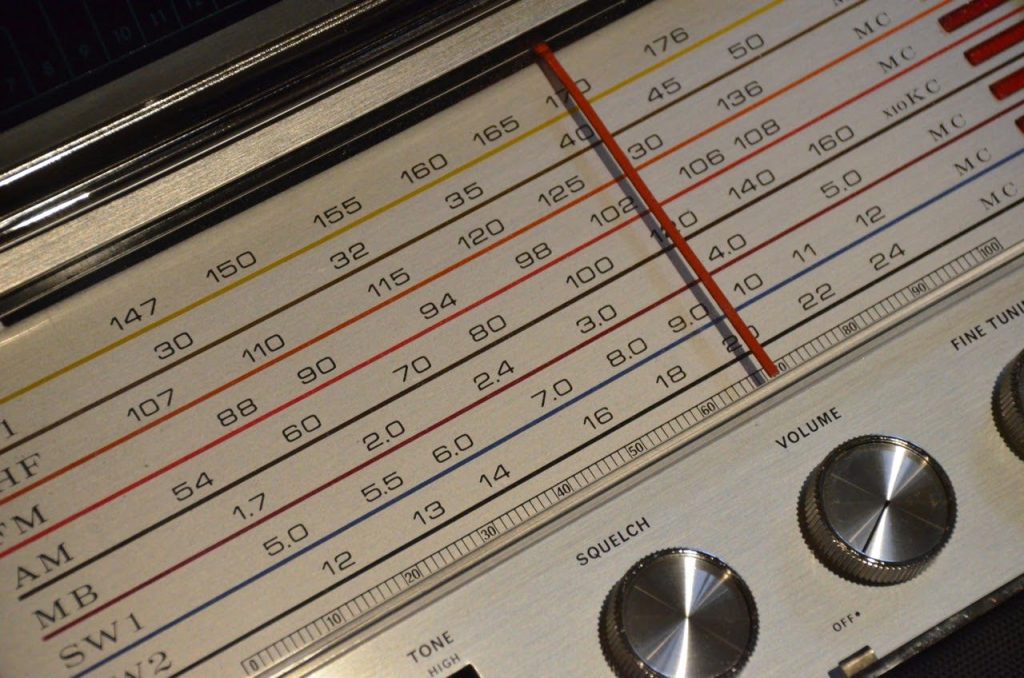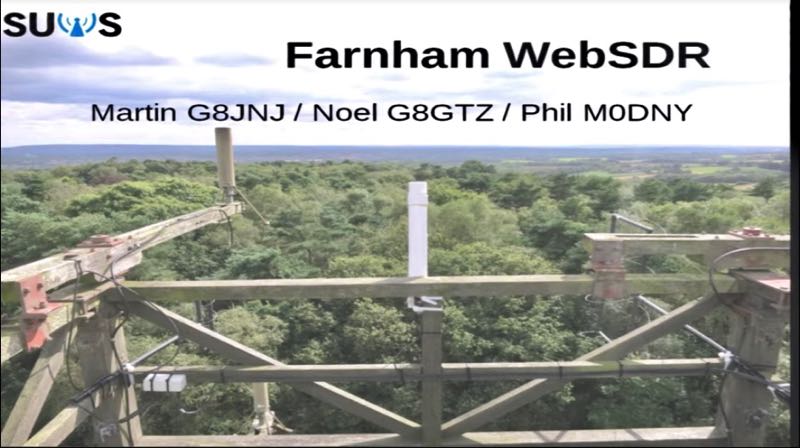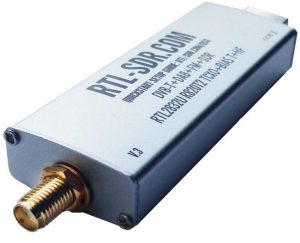Radio Waves: Stories Making Waves in the World of Radio
Because I keep my ear to the waves, as well as receive many tips from others who do the same, I find myself privy to radio-related stories that might interest SWLing Post readers. To that end: Welcome to the SWLing Post’s Radio Waves, a collection of links to interesting stories making waves in the world of radio. Enjoy!
Many thanks to SWLing Post contributors Marty, Troy Riedel, and Rich Cuff for the following tips:
Receiving data with web based shortwave radios (Nuts and Volts)
Your computer and the Internet give you free access to over 100 web based shortwave receivers that you can use as if they were your own. Unfortunately, employing these radios to decode data transmissions can be very difficult or impossible — unless you know the secret.
[…]A while back, I discussed how to receive data signals with a low cost shortwave radio (N&V May 2015). Now, the concept takes on a new dimension since we are using virtual radios not in our possession.
As astonishing as it seems, many of these Web based shortwave receiver data signals can be processed and decoded using just your PC and some free decoding software. Yes, some signals are encrypted, and can’t be decoded. Fortunately, there are plenty of unencrypted data signals around to keep us busy for a long time.
However, as will be discussed later on, it does require a special trick to allow you to pipe the streaming audio signals from the Web to the decoding software. In this article, I will show you how to use these Web based shortwave receivers to access data transmissions and to get started in this exciting hobby. [Click here to read the full article…]
Unknown objects at the heart of the Milky Way are beaming radio signals, then mysteriously disappearing (Business Insider)
Ziteng Wang found a needle in an astronomical haystack.
Wang, a physics PhD student at the University of Sydney, was combing through data from Australia’s ASKAP radio telescope in late 2020. His research team had detected 2 million objects with the telescope and was classifying each one.
The computer identified most of the stars, and the stage of life or death they were in. It picked out telltale signs of a pulsar (a rapidly rotating dead star), for example, or a supernova explosion. But one object in the center of our galaxy stumped the computer and the researchers.
The object emitted powerful radio waves throughout 2020 — six signals over nine months. Its irregular pattern and polarized radio emissions didn’t look like anything the researchers had seen before.
Even stranger, they couldn’t find the object in X-ray, visible, or infrared light. They lost the radio signal, too, despite listening for months with two different radio telescopes. [Continue reading…]
Do countries with better-funded public media also have healthier democracies? Of course they do (Nieman Lab)
But the direction of causality is tricky. Do a democracy’s flaws lead it to starve public media, or does starving public media lead to a democracy’s flaws?
There’s a new book coming out in the U.K. this week called The BBC: A People’s History, by David Hendy. Its publisher calls it a “monumental work of popular history, making the case that the Beeb is as much of a national treasure as the NHS…a now global institution that defines Britain and created modern broadcasting.”
Cross the pond: While Americans generally like PBS and NPR, I wouldn’t expect them to come up quickly if you asked someone on the street to begin listing national treasures. (I’m even more sure America’s health care system would go unmentioned, too.) Who “created modern broadcasting” in the U.S.? It certainly wasn’t the two public broadcasters that didn’t hit airwaves until 1970. And what TV network is a “global institution” that “defines” the United States abroad? Apologies to PBS Newshour, but that’s CNN.
No one says “Auntie Peebs.”
It’s obvious that the U.S. approached the new broadcasting technologies of the 20th century in ways wildly different from their European peers — and in ways that reflect on the countries themselves. American radio began wild and unregulated, experimental, a bubbling font of creativity — and then quickly became commercialized, optimized for mass audiences and massive profits. The BBC, which turns 100 this year, was more structured, more statist, more controlled — but has remained more central to residents’ lives, more civic-minded, and more beloved. [Continue reading…]
Pirates Spammed an Infamous Soviet Short-wave Radio Station with Memes (Vice)
The UVB-76 numbers station took a break from being a suspected communications tool of Russian intelligence to blast ‘Gangnam Style’
Pirates hijacked an infamous short-wave radio station, which dates from the Soviet era but is still online today, and used it to broadcast everything from Gangnam Style to audio that draws memes when inspected under a spectrum analyzer.
For decades the numbers station known as UVB-76 has emitted an enigmatic series of beeps and a voice reading numbers and names, in what people suspect is a long running communications method for Russian intelligence. Since the broadcast is public, pirates are able to use their software-defined radio (SDR) transmitters to effectively flood the frequencies with noise and memes.
The recent barrage of attacks on the station come as Russia prepares to invade neighbouring Ukraine, where radio enthusiasts speculate at least some of the pirate broadcasts originate. [Continue reading…]
Do you enjoy the SWLing Post?
Please consider supporting us via Patreon or our Coffee Fund!
Your support makes articles like this one possible. Thank you!







